Model NO.: Yz32
Advantage: High Cost Performance and High Production
Controller: PLC
CNC or Not: CNC
Trademark: ZHENGXI
Transport Package: Standard International Wooden Case or Iron Pallet
Specification: set
Origin: China
HS Code: 84629190
Model NO.: Yz32
Advantage: High Cost Performance and High Production
Controller: PLC
CNC or Not: CNC
Trademark: ZHENGXI
Transport Package: Standard International Wooden Case or Iron Pallet
Specification: set
Origin: China
HS Code: 84629190
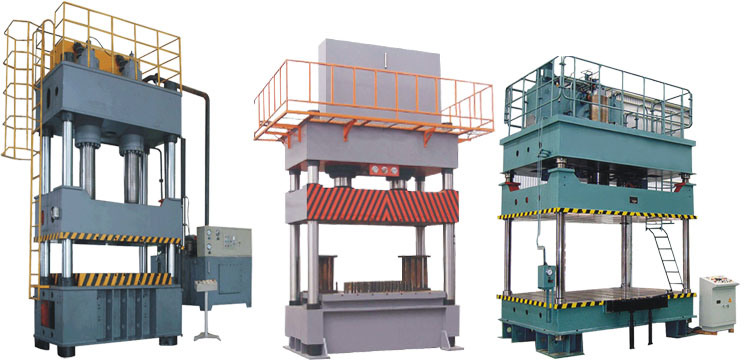
Building a stainless steel product from the ground up involves a lot of work, technology and science. Even though there are billions of users of stainless steel items around the world, there are very few people (relatively) who know what goes into making a stainless steel product from scratch. The manufacturing process of a stainless steel product is indeed fascinating and it gives you an insight into how far our ability to craft materials has evolved since the early days of the Industrial Revolution. Here are the six most important steps in the manufacturing process of a stainless steel product:
Â
1) Material handling
Uncoiler-A material handling machine located at the beginning of a process line used to hold and safely pay off or uncoil the steel strip. It controls the speed and direction of the strip of metal as it unwinds from the coil and is sent to the line for processing, such as slitting or tube mill entry.
Â
2) Forming
Deep drawing press-Â In the second stage, the semi-finished steel shapes undergo a series of forming operations. For instance, the stainless steel is hot rolled (heated and passed through enormous rolls). The blooms and billets mentioned above are converted to bar and wire. The slabs on the other hand are formed into plates, strips or sheets. It is very common to turn semi-finished steel shapes into bars, as it is the most versatile stainless steel form. The reason why it is versatile is because it comes in all grades and sizes. You have round, squared, octagonal and hexagonal bars, each suitable for a different type of application.
Â
3) Heat Treatment
Annealinf furnaces-Â Up next we have the heat treatment. As the name clearly suggests, the various stainless steel forms undergo a thorough annealing process during this step. Annealing is another name for heat treatment where the stainless steel is heated and cooled in a controlled environment. The purpose of this heat treatment is to relieve the pent up stress inside the stainless steel and soften the material to make it more suitable for a wide variety of applications. The people in charge of carrying out the annealing process have to be very careful about control the conditions as even the slightest of changes in the temperature, pressure, duration or cooling rate could result in a faulty product.
Â
4) Descaling
Pickling-Â During the annealing process, a certain amount of scale appears on the surface of the stainless steel. This scale can be removed using a number of different processes that are collectively known as descaling. Pickling is one of the more common methods of carrying out the descaling process.
Â
5) Cutting and Punching
The semi-finished, heat treated and descaled stainless steel forms are cut into specific shapes in this step. Mechanical cutting is performed with the aid of guillotine knives, blanking, nibbling and high speed blades. And in this step, the tap hole and the over flow will be made.
Â
6) Finishing and Polishing
Polishing machine-Â Finishing is applied to help the stainless steel product achieve its signature aesthetically appealing appearance. Finishes are also needed to make the stainless steel product smooth and easier to clean, which is a top requirement in sanitary applications.
Hydraulic press 4 column hydraulic Sheet metal deep drawing
Features
1.Hydraulic machine that used the hydrostatic pressure to process metal, plastic, rubber, wood, powder and other products .
2. It is commonly used in the pressing process and press forming process, such as: forging, stamping, cold extrusion, straightening, bending, flanging, sheet metal deep drawing, powder metallurgy, press-fit etc.
3.Significant technical and economic advantages in reducing weight, reducing the number of parts and the number of molds, improve the stiffness and strength, reduce production costs, etc.
SPECS of Yz32
| Model  |
unit |
Yz32-25T |
Yz32-50T |
Yz32-63T |
Yz32-100T |
Yz32-160T |
Yz32-250T |
| Clamping  Force |
KN |
250 |
500 |
630 |
1000 |
1600 |
2500 |
| Working layer |
Qty |
2~4 |
2~4 |
2~4 |
2~4 |
2~4 |
2~4 |
| Piston stroke |
mm |
180 |
250 |
250 |
250/250 |
250/250 |
500 |
| Heating Platen daylight |
mm |
90 |
125 |
125 |
125 |
125 |
125 |
Heating Platen Size
 |
Left-right |
mm |
350 |
400 |
500 |
600 |
750 |
900 |
| Front-back |
mm |
350 |
400 |
500 |
600 |
850 |
900 |
| Heating  plate power |
KW |
1.5 |
2.2 |
3 |
7.5 |
11 |
15 |
| Motor power |
KW |
7.2 |
9 |
10.8 |
33.75 |
45 |
45 |
PackagingÂ
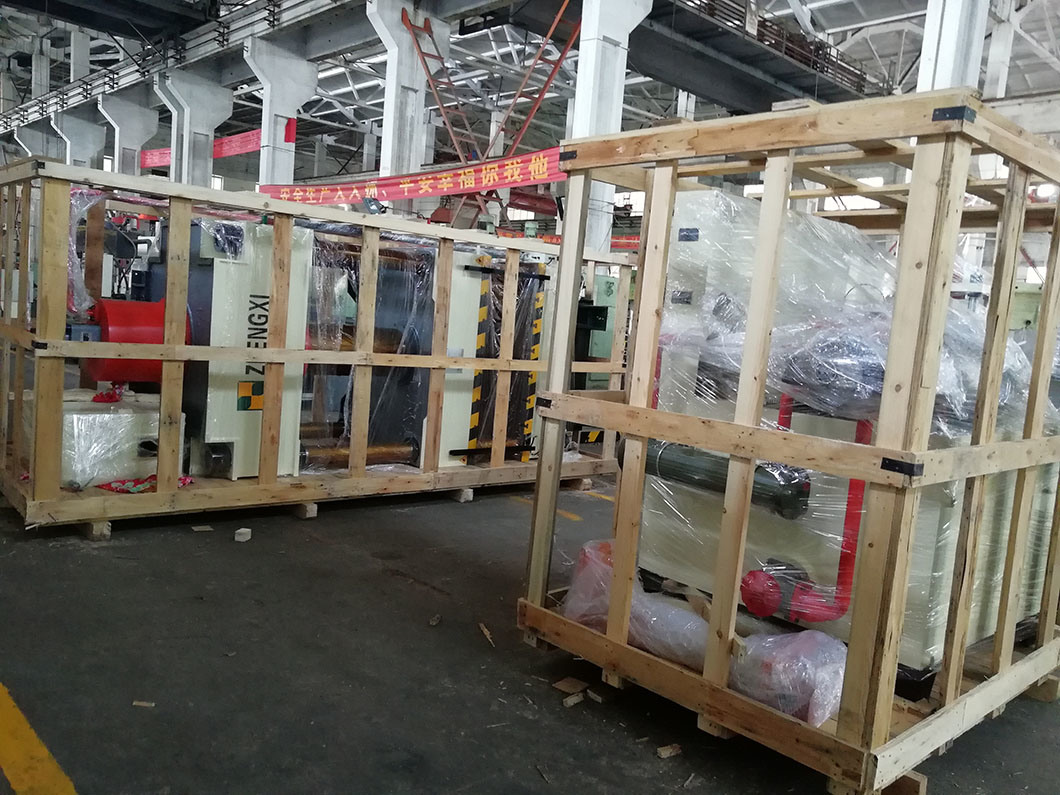
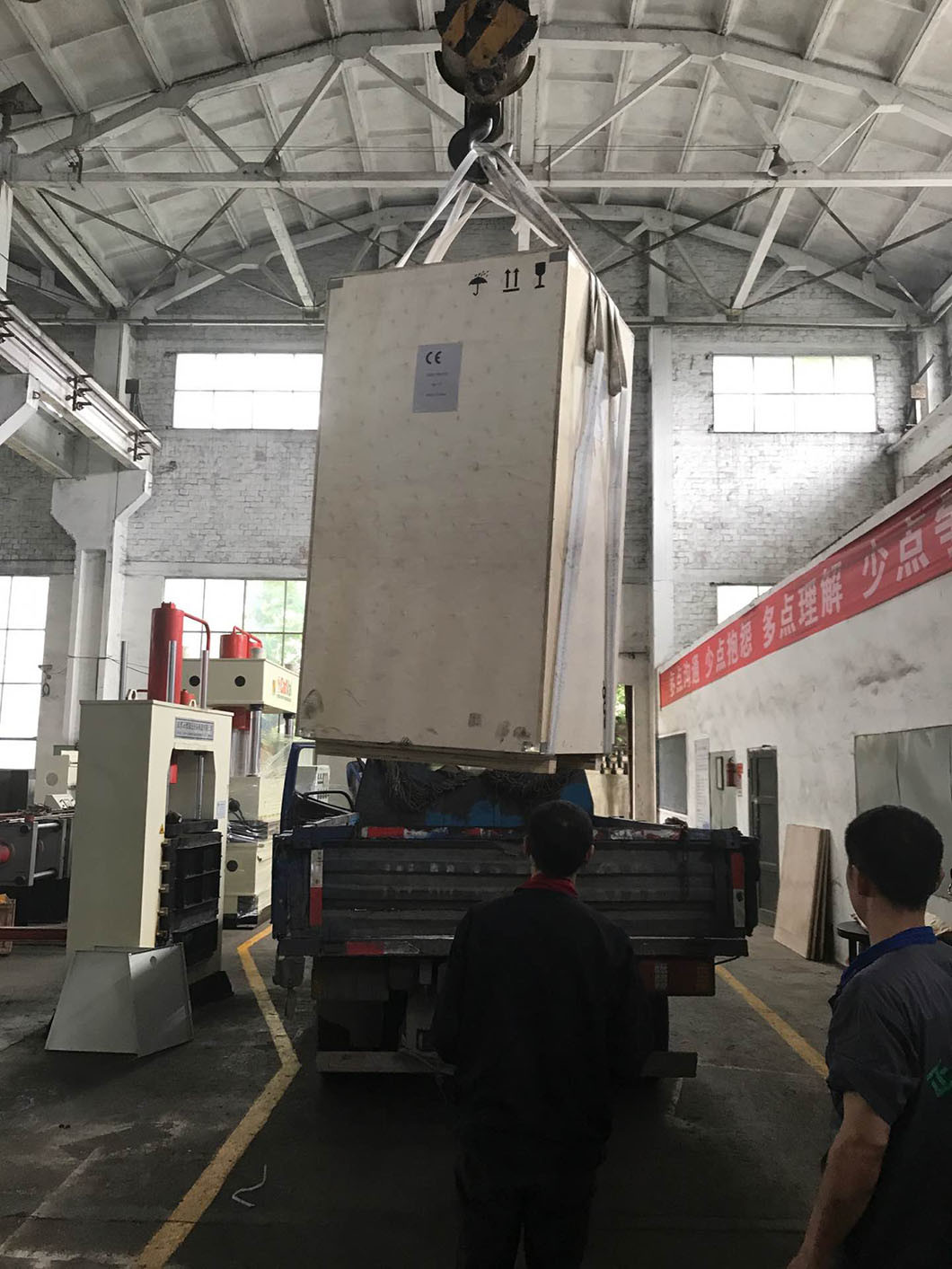
 FactoryÂ
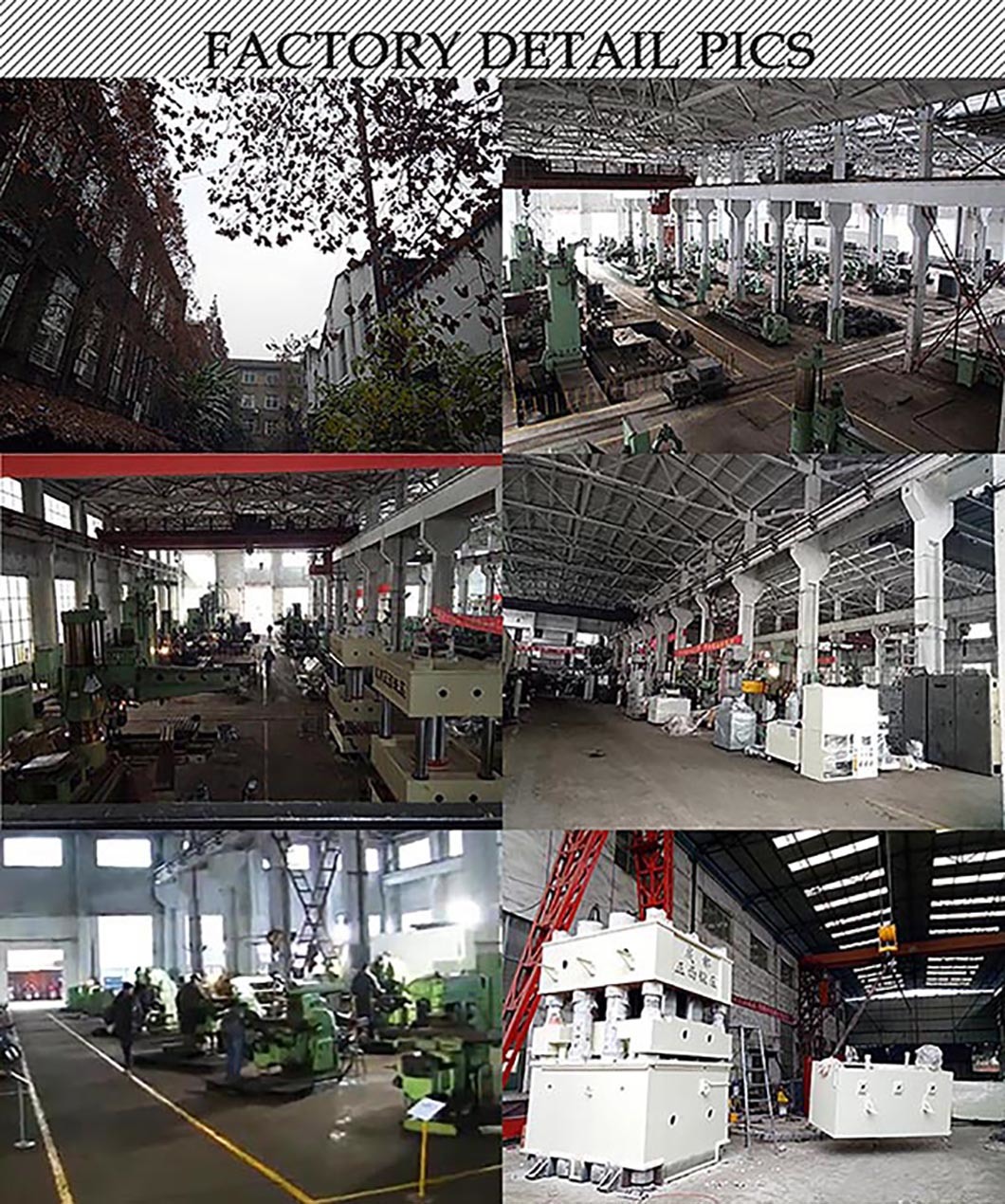
Certificate
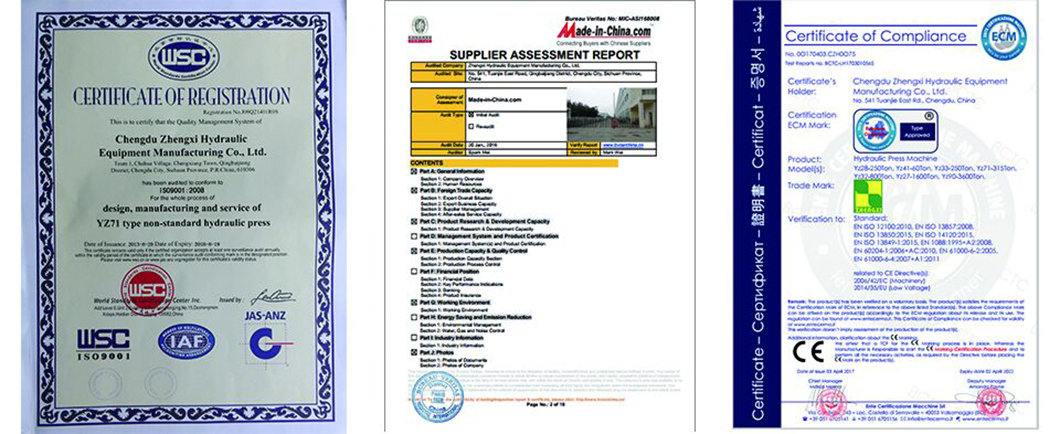
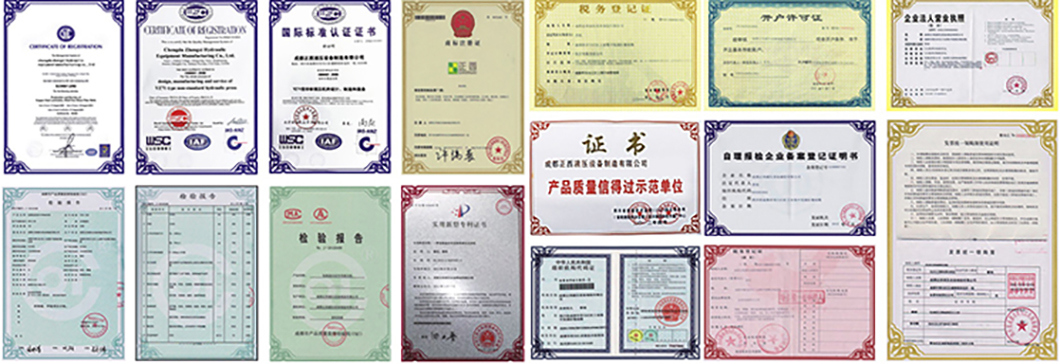

Building a stainless steel product from the ground up involves a lot of work, technology and science. Even though there are billions of users of stainless steel items around the world, there are very few people (relatively) who know what goes into making a stainless steel product from scratch. The manufacturing process of a stainless steel product is indeed fascinating and it gives you an insight into how far our ability to craft materials has evolved since the early days of the Industrial Revolution. Here are the six most important steps in the manufacturing process of a stainless steel product:
Â
1) Material handling
Uncoiler-A material handling machine located at the beginning of a process line used to hold and safely pay off or uncoil the steel strip. It controls the speed and direction of the strip of metal as it unwinds from the coil and is sent to the line for processing, such as slitting or tube mill entry.
Â
2) Forming
Deep drawing press-Â In the second stage, the semi-finished steel shapes undergo a series of forming operations. For instance, the stainless steel is hot rolled (heated and passed through enormous rolls). The blooms and billets mentioned above are converted to bar and wire. The slabs on the other hand are formed into plates, strips or sheets. It is very common to turn semi-finished steel shapes into bars, as it is the most versatile stainless steel form. The reason why it is versatile is because it comes in all grades and sizes. You have round, squared, octagonal and hexagonal bars, each suitable for a different type of application.
Â
3) Heat Treatment
Annealinf furnaces-Â Up next we have the heat treatment. As the name clearly suggests, the various stainless steel forms undergo a thorough annealing process during this step. Annealing is another name for heat treatment where the stainless steel is heated and cooled in a controlled environment. The purpose of this heat treatment is to relieve the pent up stress inside the stainless steel and soften the material to make it more suitable for a wide variety of applications. The people in charge of carrying out the annealing process have to be very careful about control the conditions as even the slightest of changes in the temperature, pressure, duration or cooling rate could result in a faulty product.
Â
4) Descaling
Pickling-Â During the annealing process, a certain amount of scale appears on the surface of the stainless steel. This scale can be removed using a number of different processes that are collectively known as descaling. Pickling is one of the more common methods of carrying out the descaling process.
Â
5) Cutting and Punching
The semi-finished, heat treated and descaled stainless steel forms are cut into specific shapes in this step. Mechanical cutting is performed with the aid of guillotine knives, blanking, nibbling and high speed blades. And in this step, the tap hole and the over flow will be made.
Â
6) Finishing and Polishing
Polishing machine-Â Finishing is applied to help the stainless steel product achieve its signature aesthetically appealing appearance. Finishes are also needed to make the stainless steel product smooth and easier to clean, which is a top requirement in sanitary applications.
Hydraulic press 4 column hydraulic Sheet metal deep drawing
Features
1.Hydraulic machine that used the hydrostatic pressure to process metal, plastic, rubber, wood, powder and other products .
2. It is commonly used in the pressing process and press forming process, such as: forging, stamping, cold extrusion, straightening, bending, flanging, sheet metal deep drawing, powder metallurgy, press-fit etc.
3.Significant technical and economic advantages in reducing weight, reducing the number of parts and the number of molds, improve the stiffness and strength, reduce production costs, etc.
SPECS of Yz32
| Model  |
unit |
Yz32-25T |
Yz32-50T |
Yz32-63T |
Yz32-100T |
Yz32-160T |
Yz32-250T |
| Clamping  Force |
KN |
250 |
500 |
630 |
1000 |
1600 |
2500 |
| Working layer |
Qty |
2~4 |
2~4 |
2~4 |
2~4 |
2~4 |
2~4 |
| Piston stroke |
mm |
180 |
250 |
250 |
250/250 |
250/250 |
500 |
| Heating Platen daylight |
mm |
90 |
125 |
125 |
125 |
125 |
125 |
Heating Platen Size
 |
Left-right |
mm |
350 |
400 |
500 |
600 |
750 |
900 |
| Front-back |
mm |
350 |
400 |
500 |
600 |
850 |
900 |
| Heating  plate power |
KW |
1.5 |
2.2 |
3 |
7.5 |
11 |
15 |
| Motor power |
KW |
7.2 |
9 |
10.8 |
33.75 |
45 |
45 |
PackagingÂ


 FactoryÂ

Certificate


Many Vehicle Sensors, sensor fault
judgment, should not only consider the the sensor itself, but should consider
the failure of the entire circuit. Therefore, in the search failure, in
addition to check sensor, but also check the wiring harness, connectors and
related circuit between the sensor and the electronic control unit.
Basic
Function:
The sensor refers to the physical
experience requirements, and according to certain rules to convert the input
signal of the device or devices available. Simply, sensor is the electricity
conversion device. The sensor is usually composed of non electric sensitive
element, conversion element and measurement circuit composed of three parts.
1), the sensitive element refers to the direct feeling (or response) by
measuring part will be measured by the sensing element and the measured is
converted into electricity or other quantity relationship. 2), the non
electricity converting element converts electrical parameters. 3), the
measuring circuit is the role of the input electrical parameters after
conversion element processing to convert the voltage, current or power
frequency can be measured, for display, record, control and processing part.
Category:
The air flow sensor is the inhaled air is
converted into electrical signals sent to the electronic control unit (ECU), as
one of the basic signal injection. According to measuring principle is
different, can be divided into rotary vane type air flow sensor, Carmen vortex
type air flow sensor, hot wire air flow sensor and the hot film air flow sensor
four the first two types. As the volume flow type, which is the quality of flow
type. Using hot wire air flow sensor and the hot film air flow sensor two. The
intake pressure sensor can measure the absolute pressure in the intake manifold
of the engine according to the load condition, and converted into electrical
signals and speed signals together into the computer, as determines the
injector fuel injection quantity basis. Is the widely used semiconductor
varistor type air pressure sensor. The solar term door position sensor mounted
on the day The valve, used to detect solar term door opening. It through the
linkage lever mechanism and the solar term door, which reflect the different
engine working conditions. The sensor can be put in different conditions after
the input detection engine electronic control unit (ECU), so as to control the
fuel injection quantity. It has three different types: switch contact type
solar term door position sensor linear, variable resistance type solar term
door position sensor, integrated solar term door position sensor, crankshaft
position sensor crankshaft position sensor crankshaft position sensor or crank
angle sensor, the sensor is the most important in computer controlled ignition
system, its function is to detect the TDC signals, crank angle signals and
engine speed signal, and input it the computer so that the computer can be in
the firing order of the cylinder from the best ignition time instruction.
Crankshaft position sensor has three types: electromagnetic pulse Crankshaft
position sensor, crankshaft position sensor Holzer effect, photoelectric effect
type crankshaft position sensor. The crankshaft position sensor of different
types, the control method and the control precision is different. The
crankshaft position sensor is installed on the crankshaft pulley or sprocket
side, some mounted on the front of the cam shaft, there are installed in the
distributor. The knock sensor installation in the engine block, the monitoring
of engine knock. The resonance and non resonance type two categories.
Static performance parameters:
The static performance parameters of the
sensor sensitivity refers to the ratio of the sensor output y and input X of
the steady state, and the increment of input or output x y increment ratio,
denoted by K k=dy/dx, the minimum resolution of change of the quantity being
measured in the measurement of force sensor can be detected within the
prescribed scope of the called the resolution. 3 the measuring range and the
range of the allowable error limit, the lower limit of the measured value to
the upper bound of the range between the called measurement range. The
linearity (nonlinear error) under specified conditions, the calibration curve
fitting and the percentage of the maximum deviation between the line sensor and
full-scale output value is called linearity or the nonlinear error. Hysteresis
refers to under the same operating conditions, the extent of the inconsistency
and anti stroke characteristic positive stroke characteristics of sensor. The
repeatability reproducibility refers to the same working conditions, The
inconsistency of the input in the same direction in the whole measuring range
change continuously in multiple characteristic curve. The income of zero drift
and temperature drift of sensor without input or to another value, at regular
intervals, the input value of percentage deviation from the maximum deviation
of the original value and the full range of zero drift. When the temperature
rise of 1 degrees Celsius, the maximum deviation of the sensor output value and
the full range of percentage, called the temperature drift.

Vehicle Sensors
Vehicle Sensors,Speed Sensor,Car Coolant Sensor,Oil Level Sensor
VESTA Motoring Ltd , http://www.vesta-industry.com












